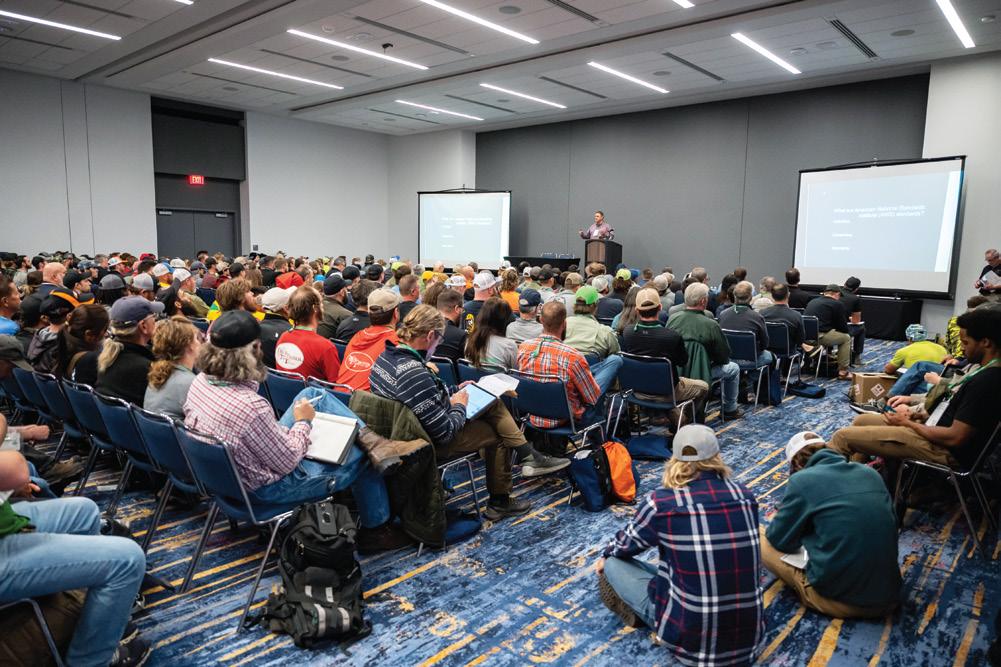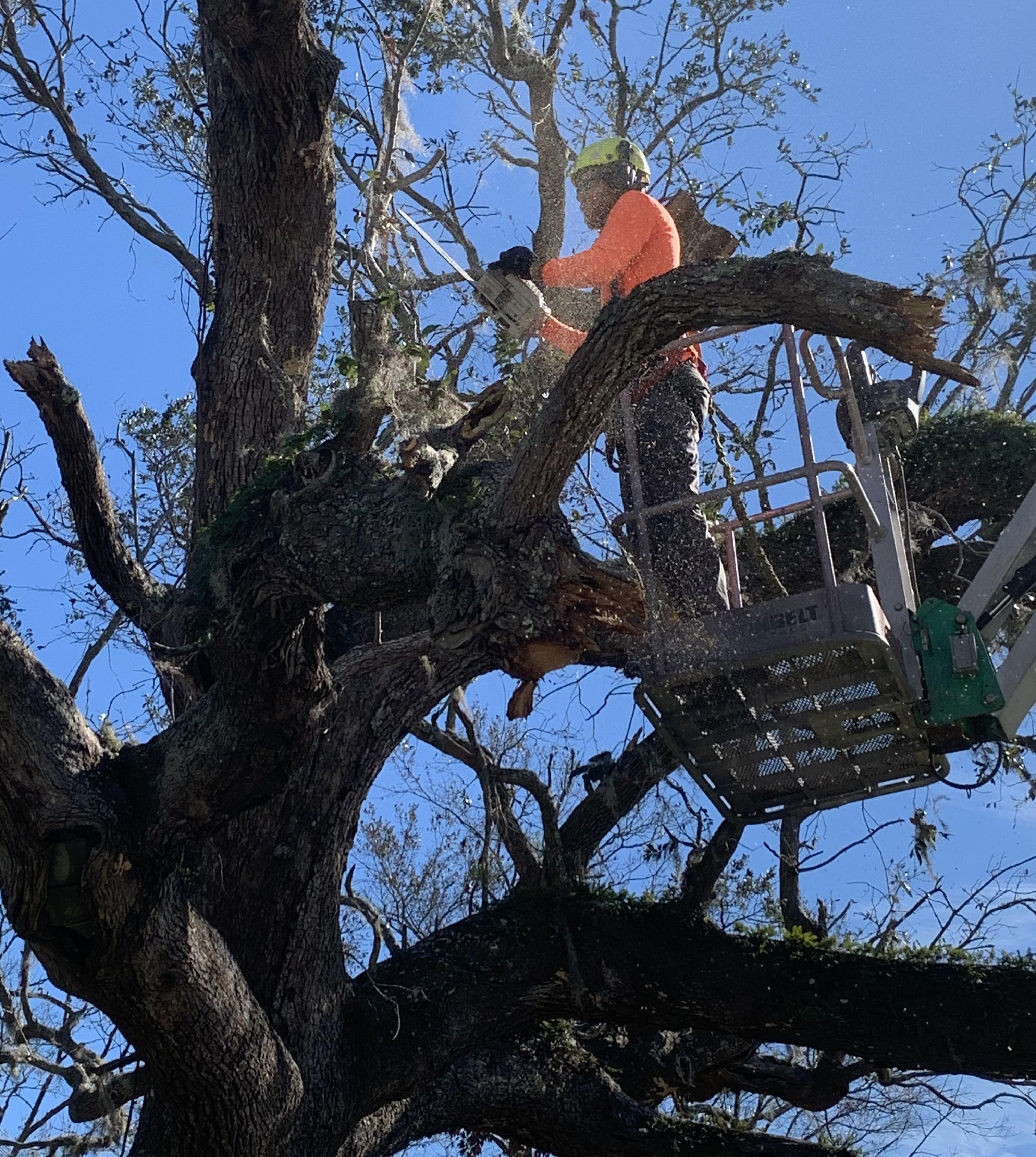
2 minute read
Landing your first government tree maintenance contract

by Anne Randle, Alabama Director
Going through the bid and contract process with a government entity, even on a small scale, can be an intimidating process.



When I began my role as a municipal arborist, one of my first tasks was to increase participation from local companies in the City’s bidding process for tree pruning and removal. I realized pretty quickly that it wasn’t that local companies didn’t meet the City’s requirements or that they weren’t able to complete the work. They just needed a little handholding to understand the process, get the right paperwork together, and plan for the lead time that comes with working with a public entity. In four years, we more than doubled the number of local companies submitting bids for tree services.
Our municipality is seeing more competitive bids, stretching tax dollars further, and we’re spreading work around to more local businesses. If you are considering opportunities to land your first government contract, here are a few tips from a person who handled all the paperwork behind the scenes.
First, take some time to understand how invitations to bid will be announced and awarded. At a smaller institution, you may be able to speak to someone directly about how it all works. But at a larger institution, it may be much faster to go straight to the website. A simple web search of the name of the entity and “bids,” “contracts,” or “procurement” should locate where bid openings are posted. It’s helpful to know what’s on the horizon, but the most valuable information will be in the awarded bids. Information on previously awarded bids is typically posted online, and by checking this you can find what kind of work the entity is contracting, how often they request bids, and the documentation required to submit a bid. You may also be able to find summaries of bids received for previous work, which will give you an idea of the price range of other contractors in the area. Note that you may have to register or create an account to view this information. Go ahead and do that, because if you decide to submit a bid you’ll have to register anyway.
With that information in hand, start getting the appropriate paperwork together. Check what insurance, licenses, or other credentials are necessary to work for the entity. Be aware that each entity, even those operating under the same state laws, may have different requirements. At a minimum, you will typically have to operate under a local business license and meet certain insurance minimums. You may also be asked to provide documentation from E-Verify, arborist certification or license, or pesticide licenses. Read these requirements carefully and contact the bid administrator if you are unsure.
Of course, working for a public entity also means working within a different time frame. Depending on the organizational structure, bids may have to be approved by upper management or elected bodies before contracts can be signed. When things run smoothly, this may mean weeks of waiting, even after your bid has been selected. If scheduling is a big concern, ask the bid administrator beforehand what the typical turnaround time is. You may also ask about the process of requesting extensions since weather can play a big role in completing jobs.
The good news is this: if you’re already insured and meeting local regulations, landing a government contract is probably not out of reach. It can be a reliable revenue stream, and once you have the process figured out, it creates even more opportunities for your company. Start looking for opportunities in your region to grow your business and maintain the urban forest!

















